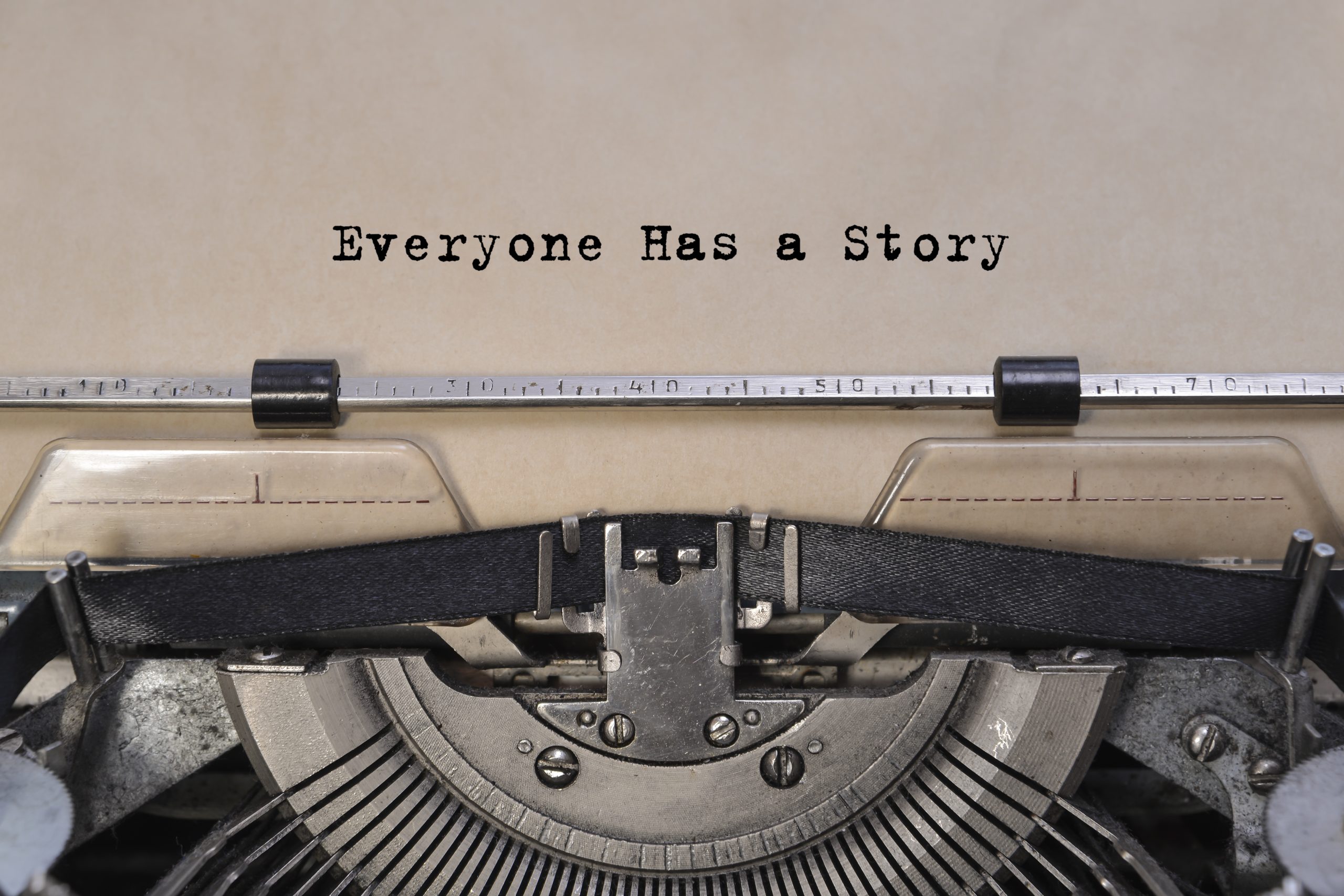As briefly described in a previous post, I have been studying a mediation model called narrative mediation and implementing some of its techniques in my practice. Narrative mediation techniques are focused on improving the relational aspects of conflict — that is improving the relationship of the parties. This is why narrative mediation has a strong foothold in family mediation and community mediation in some places and why it is not a predominant model in civil litigation.
However, after a year or two of studying this model and using it in my civil litigation practice, I believe it is a mistake to simply ignore what we can learn from it simply because the model is focused on a different (broader) goal than simply resolving the dispute. Mediators and advocates alike can gain insights and sometimes a pathway to settlement that can be missed in a more traditional problem-solving model. As a way of examining conflict it not only adds to a mediator’s toolbox but is useful to advocates in their negotiations. For this reason, this post is the first in a series on narrative mediation as taught and how it is impacting my negotiations and mediations.
Why Should You Care About Narrative Mediation Theory?
In my experience as both an advocate and a neutral, one of the primary reasons that resolving conflicts is difficult is because the parties have different “facts.” What do you do when your opposite party in a mediation (or negotiation in general) has a different set of facts. There is only one objective set of facts, right? So, the other side must be lying or acting in bad faith in some way. This conclusion can be an insurmountable obstacle in mediation.
The question for a mediator (and an advocate trying to resolve the conflict) then is how do we help parties resolve a dispute when both parties have perfectly credible and completely opposing views of the facts. Mediators try to find common ground, help the parties explore the costs and risks of not settling and the possibility that the judge, arbitrator, or jury might see those facts differently than they do. In most cases, this analysis facilitated by a good mediator is enough to accomplish the task of finding a compromise that both parties can live with. Mediation as civil mediators, myself included, were trained (primarily what is called facilitative mediation) is very effective but what if there were techniques that could not only help more cases settle but could help the parties find more than a grudging compromise. In my experience understanding the narrative mediation perspective and some of its techniques offers such an opportunity.
Is there such a thing as objective truth? Lawyers are trained to seek the truth; what makes good lawyers may be a conviction that there is an objectively defined truth. But the focus on objective truths is a handicap in many mediations. Settlement in mediation is almost never reached by a determination of THE truth. Trying to find it may in some instances help the parties understand how their subjective understanding of the truth has lead to conflict but it often is not only a waste of time but may also lead to a loss of a mediator’s most important tool: perceived neutrality. Time and time again as a mediator, the truth as understood in one room differs significantly from the truth in the other room(s). Mediators hear completely irreconcilable versions of the facts all the time. Fortunately, it is possible to resolve civil disputes without finding the “objective” truth.
Mediation is not good at discovering the objective truth, nor is that it’s purpose.
I often tell litigants that if they want someone to tell them they are right and the other side is wrong mediation is the wrong place. This is why narrative mediation and the techniques employed by narrative mediators can be so valuable.
What Is Narrative Mediation?
Narrative Mediation has been described as both an approach and a methodology. Although the methodology is important and shares many ideas with facilitative mediation, it is beyond the scope of this introduction. Understanding the approach and the perspective of narrative mediators is valuable even without studying the model’s techniques.
Narrative mediation is based upon the premise that people understand facts (what we might call objective facts) by placing them into a story or narrative. That is, the facts themselves do not stand alone. Usually, many details of the story are not known. The gaps in the narrative are filled by assumptions that are framed by our past experiences, dominant story themes, and cultural context. As Gerald Monk — one of the chief proponents of the model — said in an interview: “We have this capacity to, very quickly, make meaning of any human event by linking particular, discrete plot events and combining them, to be able to then tell a story. This capacity of human beings to make meaning through the story is a very central element of narrative work.” Through what is called de-constructive listening, among other techniques, narrative mediation attempts to understand the basis of the “conflict narrative.”
Monk and others are focused on a different goal than simply settlement. Since civil litigation mediation is focused on settlement, one of the primary benefits of understanding the narrative approach is to open the parties to the possibility that their facts might fit a different narrative. To oversimplify, by helping the parties see the controversy from the other’s perspective hopefully leads to a loosening of the belief that the other is a “bad guy.” This in turn opens the wider opportunity for compromise.
How Does This Help My Client?
Some civil litigation conflicts are based upon a different interpretation of legal/contractual rights and obligations, some are based on one party having the leverage to take unreasonable positions, and some are based upon a lack by one party or the other of a full understanding of the provable facts (Note the lack of the term objective facts). Whatever the reason, conflicts that are not quickly resolved all meet the following generic description by Gerald Monk:
I think that all conflict, that I can think of, comes down to a mismatch of expectations about what you thought should happen.
Understanding the basis of the differing expectations provides space for possible resolution even if the goal is not restoring a long-term relationship. Much of this exploration is probably better done with the help of a neutral but it is a mistake for advocates to rely solely on the mediator to explore the foundations of the conflict. In any event, it has long been my belief that the more you know about what your neutral is trying to accomplish the more likely the neutral is to help you accomplish it.
In future posts I intend to explore in more detail the theoretical underpinnings of narrative mediation, how those theories guide the techniques of narrative mediation, and how these techniques differ (or are similar to) from what we do in facilitative and evaluative mediation.




